Amoeba found in the solution of complex mathematical problems faster than a computer
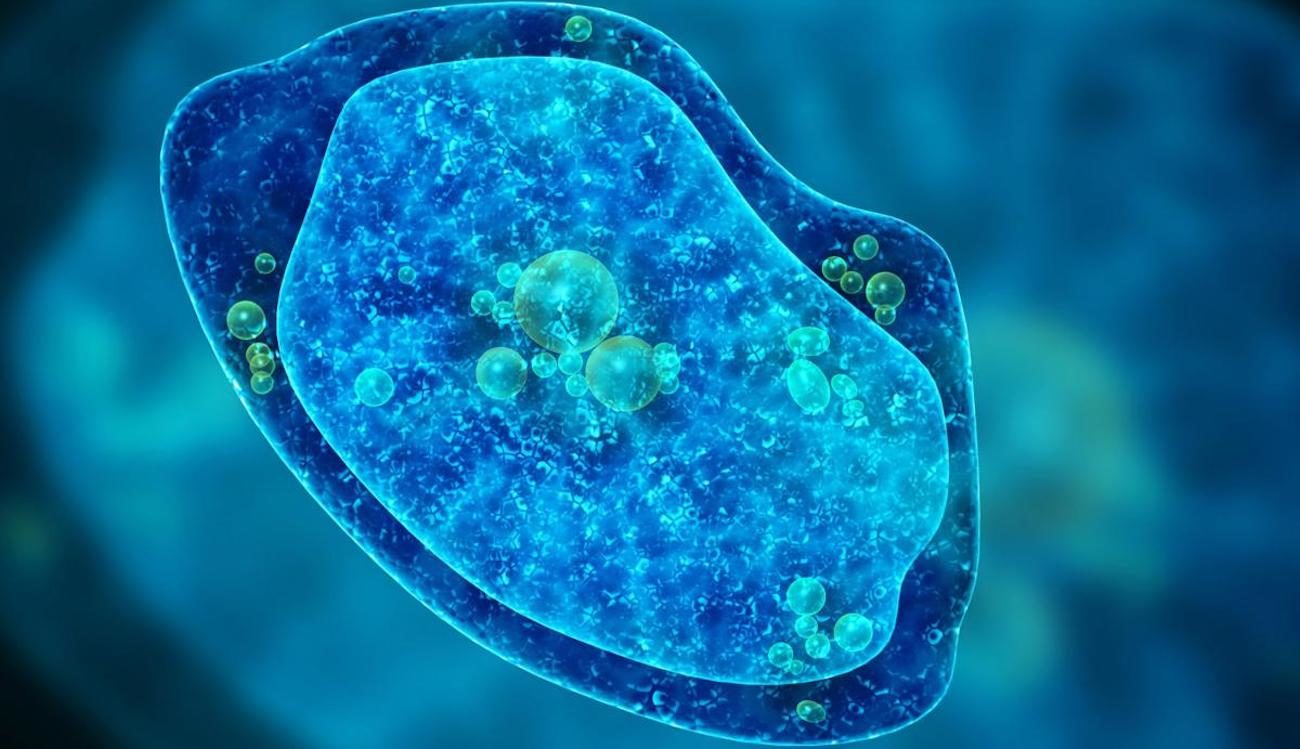 Source:
Source:
The Amoeba — is a simple creature, we go to school on one of the first lessons of biology. Hardly anyone considers the amoeba of highly intelligent individuals, because she doesn't have a nervous system in the usual sense. However, a group of scientists from Tokyo's Keio University have used this single-cell organism to solve mathematical problems. And to the surprise of the amoeba coped with it faster and more efficiently than a powerful computer.
The Problem had to be solved, is called "the task of kommivojazhera". It is this: imagine you're a salesman, moving from town to town, selling their wares. You need to be as efficient as possible to earn as much money as possible, so you want to find the shortest path that will allow you to get to every city on the route. There is no mathematical formula to find the most efficient route. The only way to solve the problem — to calculate the length of each route and see which one is the shortest.
But that's not all: the distance calculation becomes more difficult the more cities added to the route. For 4 cities, there's only 3 routes. But for 6 of them already 360. This makes "traveling salesman problem" one of the problems that scientists call «NP hard». That is the problem, the complexity of which increases exponentially even for a small increase in performance. To the same type of tasks include, for example, mining cryptocurrency, so finding their solution is quite important today.
In their work, the Japanese scientists used the amoeba Physarum polycephalum, and more specifically — the mucus, which it distributes as a "scout". Being placed in a special chamber, which had a variety of channels. At the end of each of the channels, the researchers placed a bit of water. When the amoeba received water — in one of the adjacent channels lights dimmed. The channel in this case were analogue the way from the task.
When the amoeba reaches the water, it affects the probability that the light will go off in channels, which are the next cities on the route. The farther away the city, the more his channel will be off the light. It may seem incredible, but the addition of new "cities" did not increase the time needed to spend on the solution and the path channels always remained the shortest. Unlike the computer, the amoeba did not need to calculate each distance to compute the optimum. Instead, it responds to the changing conditions and determines the best possible trajectory.
"the Mechanism that affects the speed of decision-making amoeba and how it calculates the shortest path is still a mystery. Having established this, we can find the way of rapid solution of complex computational problems and even improve security." — says the study's lead author Masashi Aono.
Even more interesting and exclusive content, you can read our feed in the
Recommended
What will be the shelter for the first Martian colonists?
Mars is not the friendliest planet for humans While the Red Planet is roaming rovers, researchers are pondering the construction of shelters and materials needed by future Martian colonists. The authors of the new paper suggest that we could use one ...
New proof of string theory discovered
Just a few years ago, it seemed that string theory was the new theory of everything. But today the string universe raises more questions than answers String theory is designed to combine all our knowledge of the Universe and explain it. When she appe...
What is the four-dimensional space?
Modeling camera motion in four-dimensional space. View the world in different dimensions changes the way we perceive everything around, including time and space. Think about the difference between two dimensions and three dimensions is easy, but what...
Related News
What to expect from science in 2019?
to Predict the future — is not easy. This is dedicated to the entire discipline. Trained forecasters rely on data to seek out trends, observing people's behavior, trying to guess what will happen next. This is especially true of s...
Scientists have achieved superconductivity at record high temperatures
from school lessons of physics we know that an electric current flowing through a conductor meets with resistance. Because of this, a lot of energy is expended for nothing, but in 1911, scientists have noticed a strange feature of...
Smallest particles. How are they fundamental?
what is at the most basic, fundamental level? Is there a smallest possible brick or set of bricks from which you can build literally everything in our Universe that cannot be divided into something smaller? To this question scienc...
Global emissions of carbon dioxide will break the record in 2018
it is Expected that global carbon emissions reached record levels in 2018, despite calls from climate scientists and international organizations such as the United Nations, to reduce. It is expected that the worldwide use of fossi...
Scientists have found a way to harness the energy of thermonuclear fusion
One of the most promising areas in the nuclear power industry is the type of rector, called a tokamak. It uses a very powerful magnetic field, which inside the special toroidal chamber (in the form of a hollow donut) is trapped by...
What happens to the brain in weightlessness?
for anybody not a secret that NASA took on an impossible task: to send humans to Mars by 2030. Why? Because it is enough to understand that a typical trip would take from three to six months, and the crew will have to stay on the ...
Astronomers have found another "twinkling" star
In the galaxy there were still a strangely twinkling star. Using a telescope in Chile, astronomers have discovered a star whose strange flickering — alternating bright and dim lights — like a star Tabby, which has long been associ...
Nuclear "knots" will help to solve the mystery of atoms
Nodular structures called Sirmione, can help scientists unravel the inner workings of atomic nuclei. Skyrmion is a tiny perturbation in matter, swirling pattern similar to the knot that is difficult to unravel. In the 1960-ies of ...
Frozen super-earths in the orbit of Barnard's star: what hides our "neighbor"?
Every night, counting the stars, astronomers closer to see how populated our universe — or at least our galaxy. After a quarter-century after orbiting other stars were discovered the first exoplanets, statistical data showed that,...
Scientists have created a two-dimensional electron lattice kagome
Scientists from the University of Wollongong in collaboration with colleagues from the Chinese University Beihang, University Nankai and the Institute of physics of the Chinese Academy of Sciences have successfully created two-dim...
The former administrator of NASA: "Lunar gateway — stupid architecture"
In recent weeks, the official NASA representatives were actively promoting the proposed "Gateway", which will serve as a space station on a remote orbit, near the moon. The Agency has proposed that intermediate step, instead of re...
Chinese tokamak plasma heated to 100 million degrees Celsius
using the experimental advanced superconducting tokamak (EAST), which is called Chinese "artificial sun", the physicists were able to heat plasma to 100 million degrees Celsius (which is 6 times hotter than the core of our star) a...
The greatest mystery of the Universe: what is space-time?
"what is it made Of space-time?" asks physicist Aron wall from the Stanford Institute for theoretical physics. In the past there is no physics in different ways trying to make sense of the riddle of space-time, treating it not jus...
A computer algorithm has recreated the sound of the sunrise on Mars
Scientists are well aware of the Mars — especially his appearance. But the sound is much harder to see on this red planet and even more to listen to. We just don't have powerful microphones able to hear the noise of the wind on th...
The ninth planet. Does it exist in reality? It seems that no
Our Solar system may be the closest part of the Universe to us, when viewed from the Earth, but even in her backyard, waiting for us many surprises. It took several thousand years before we understand how the planets revolve aroun...
Can a trip back in time to destroy the Universe?
we All wanted to go back in time. Everyone had something that could be done correctly, a mistake that could have been prevented, lives that could be saved, or a nightmare that I would like to unsee. It would seem that you come bac...
"Star of the Big Bang": a mysterious object that may be in our galaxy
"If we correctly understand, there may be stars with low mass, having a composition exclusive of the Big Bang," says astrophysicist Kevin Schlaufman from Johns Hopkins University. "Although we did not find such an object in our ga...
Why not build a space telescope directly at the moon?
If you want to get the most pristine, cleanest images of our Universe, it is best to leave the Earth. Here, on our planet, you can find a whole bunch of various effects, which prevent our visualization. Light pollution limit the r...
Antigravity possible? Science promises to figure it out very soon
One of the most amazing facts in science is how the universal laws of nature. Each particle is subject to the same rules and experiences the same force exists in the same fundamental constants, regardless of where and when. From t...
"Bacteria schrödinger": a miracle of quantum biology?
the Quantum world is very strange. In theory and in practice, to a certain extent, the principles of the quantum world require that the particle could be in two places at once — this is a paradoxical phenomenon known as a superpos...


















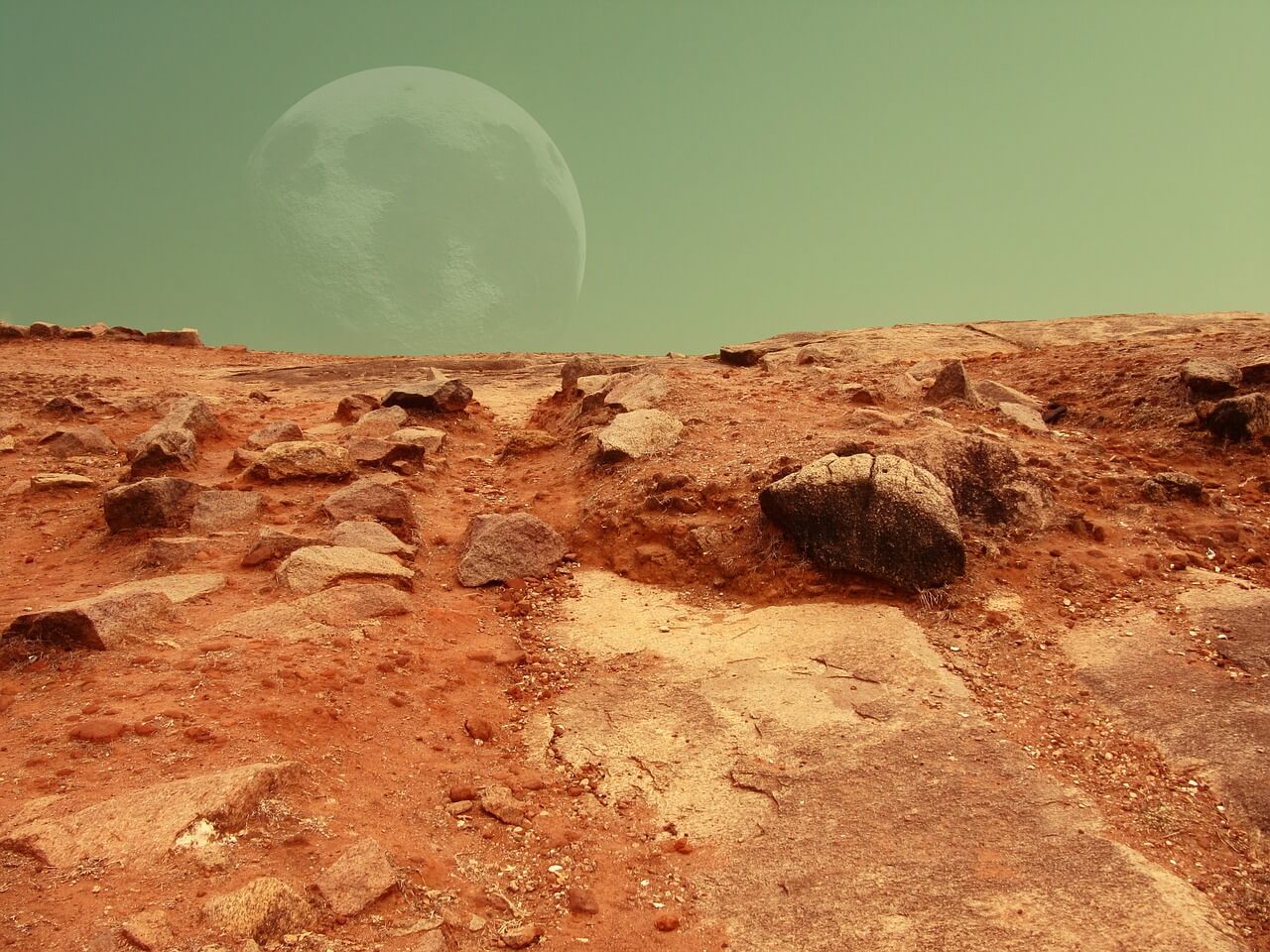
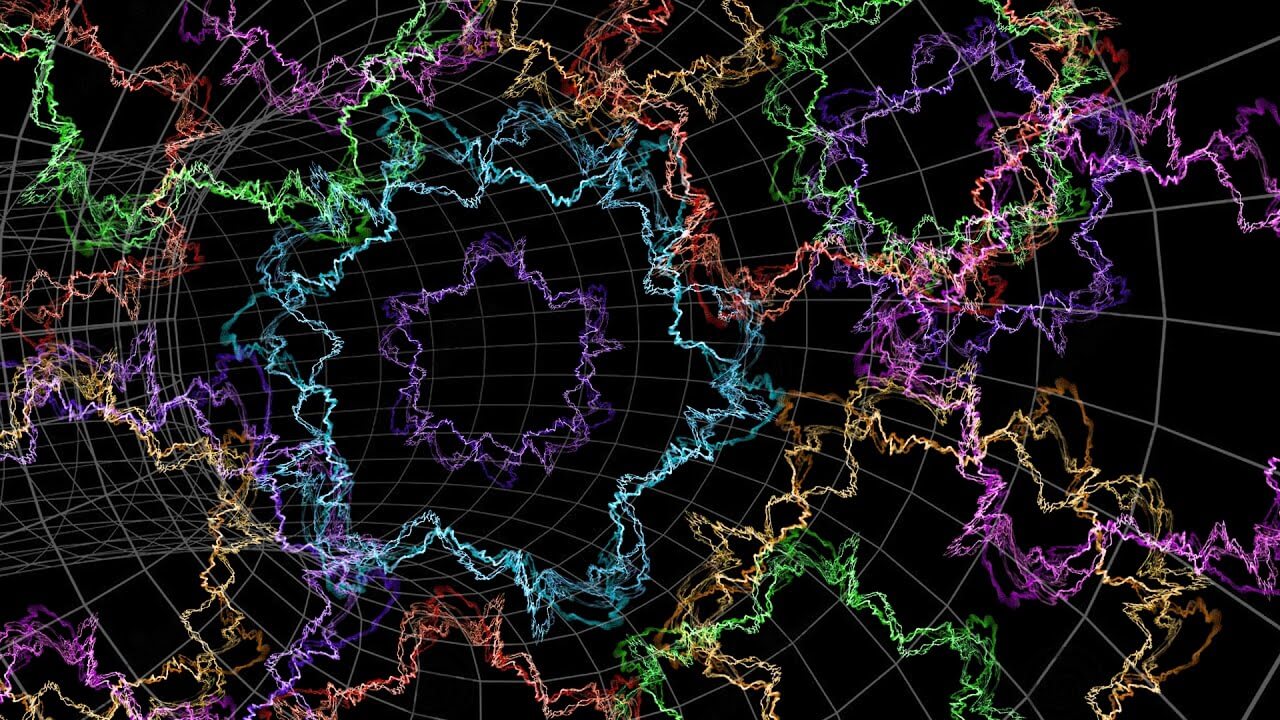
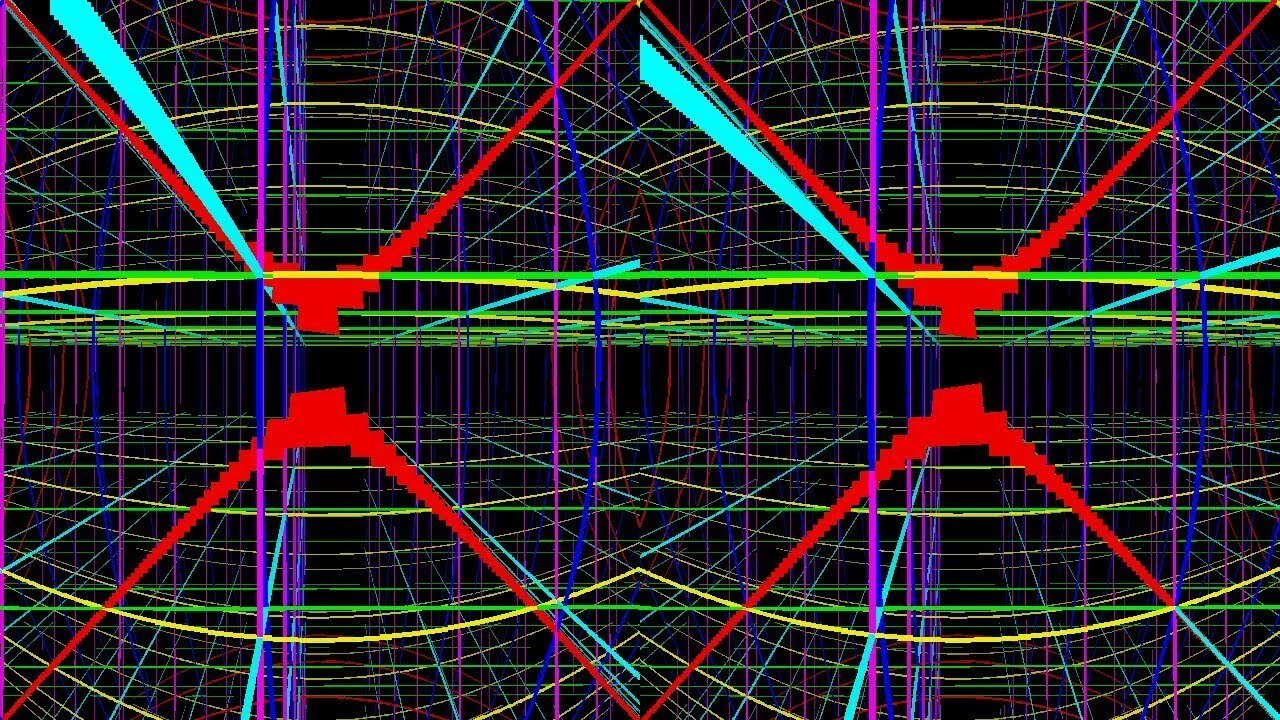
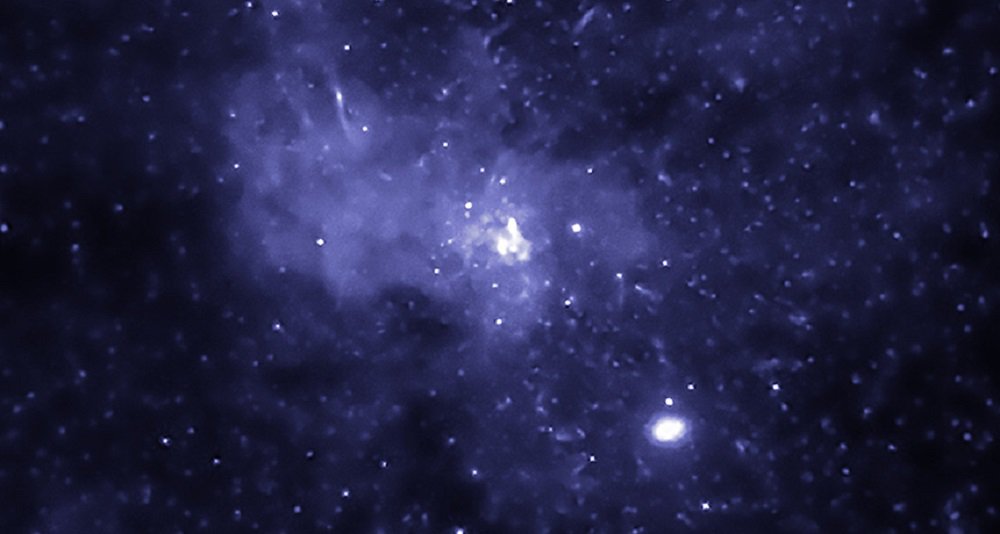

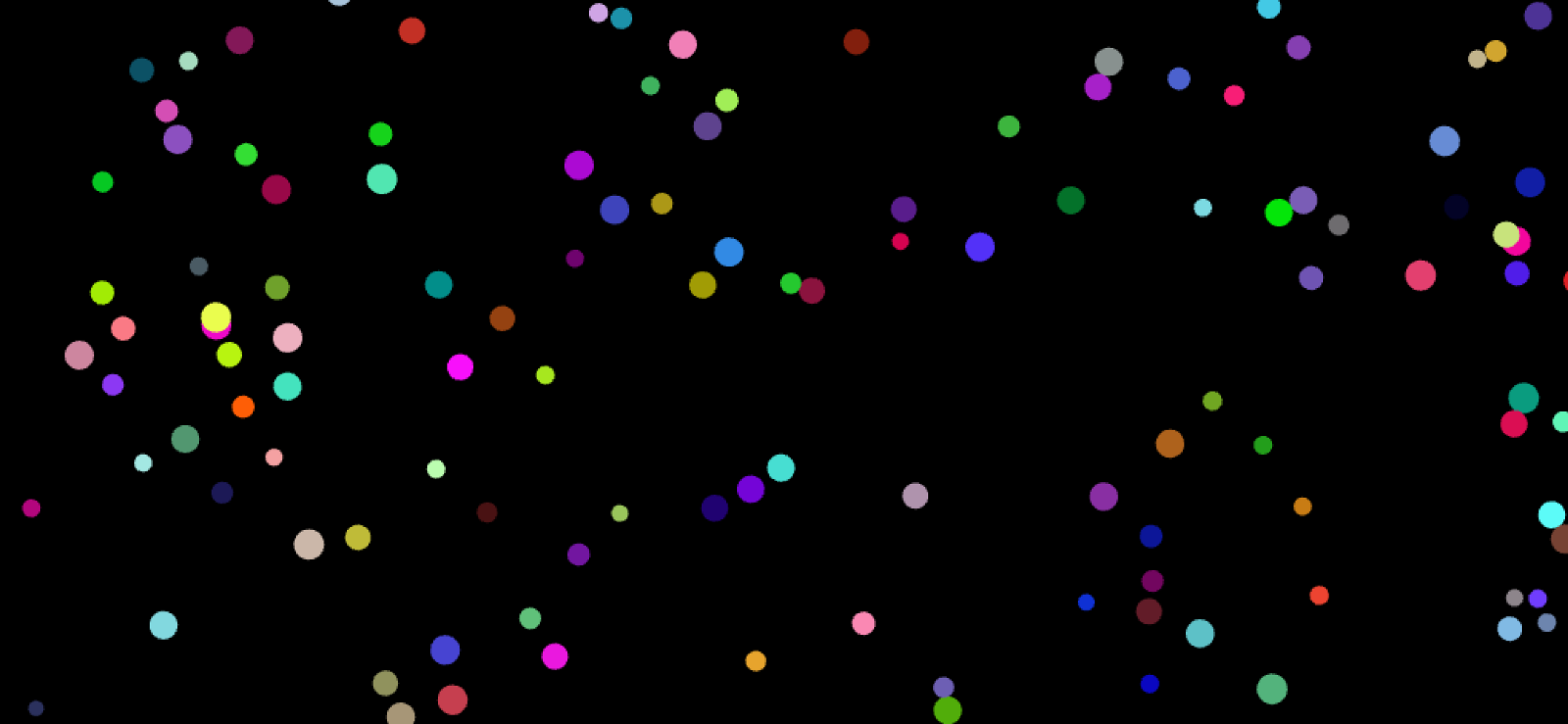

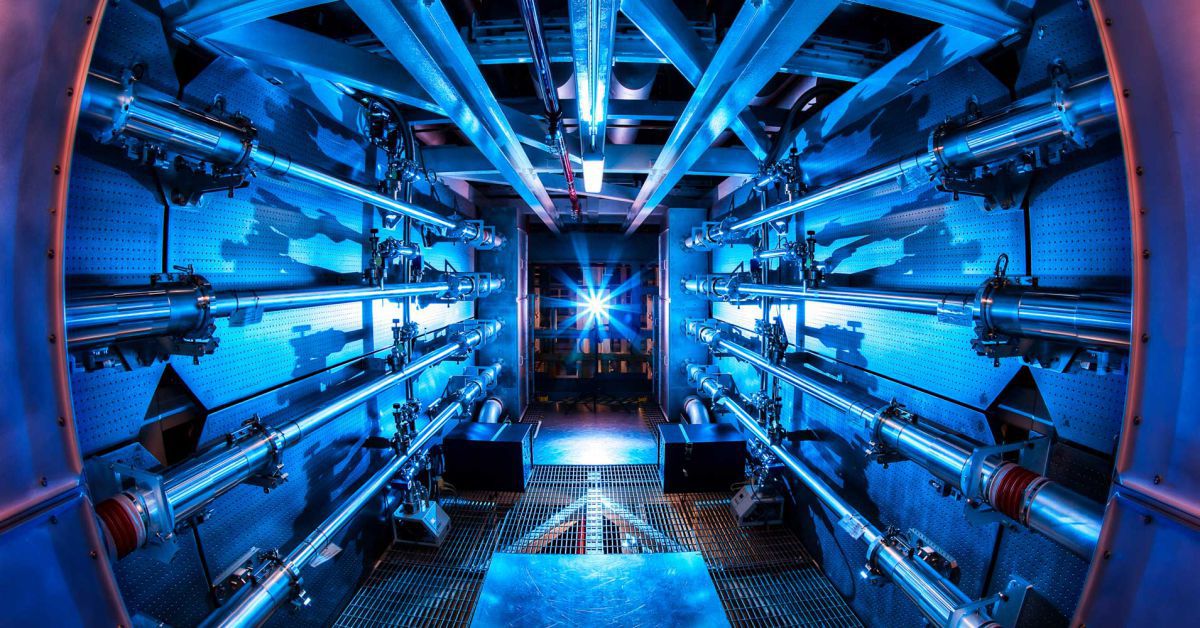
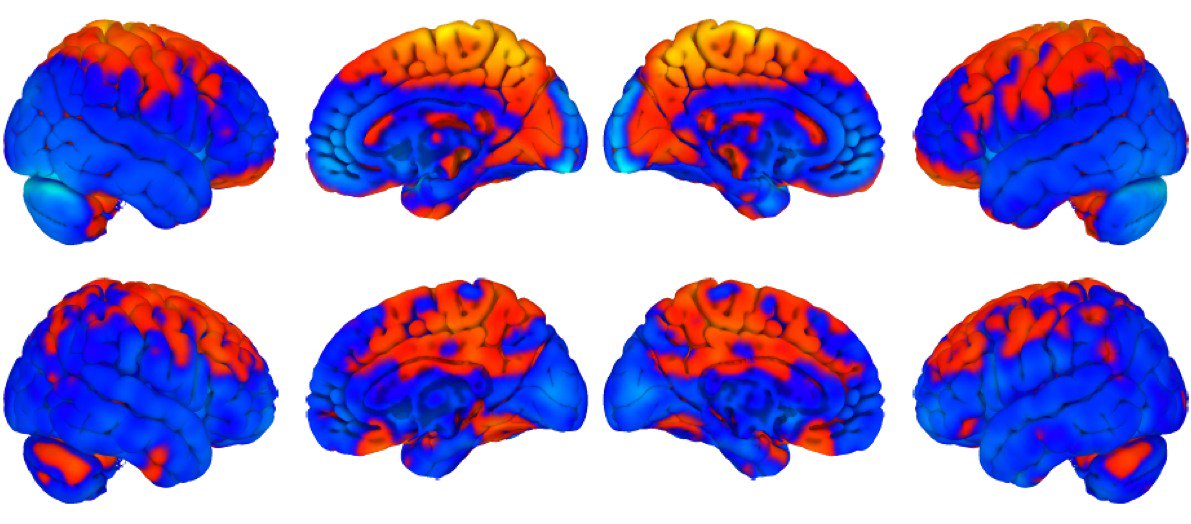
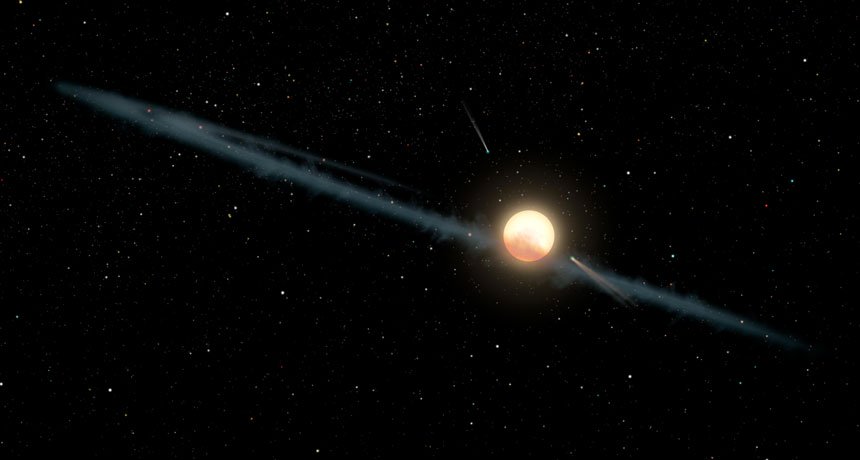
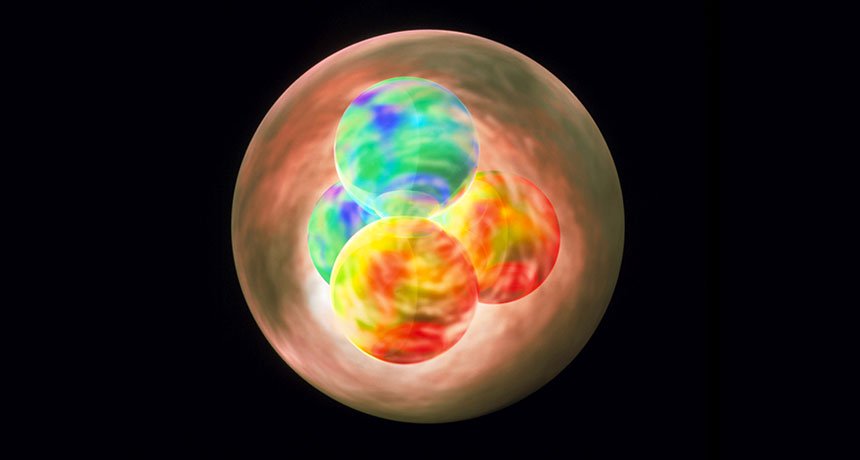
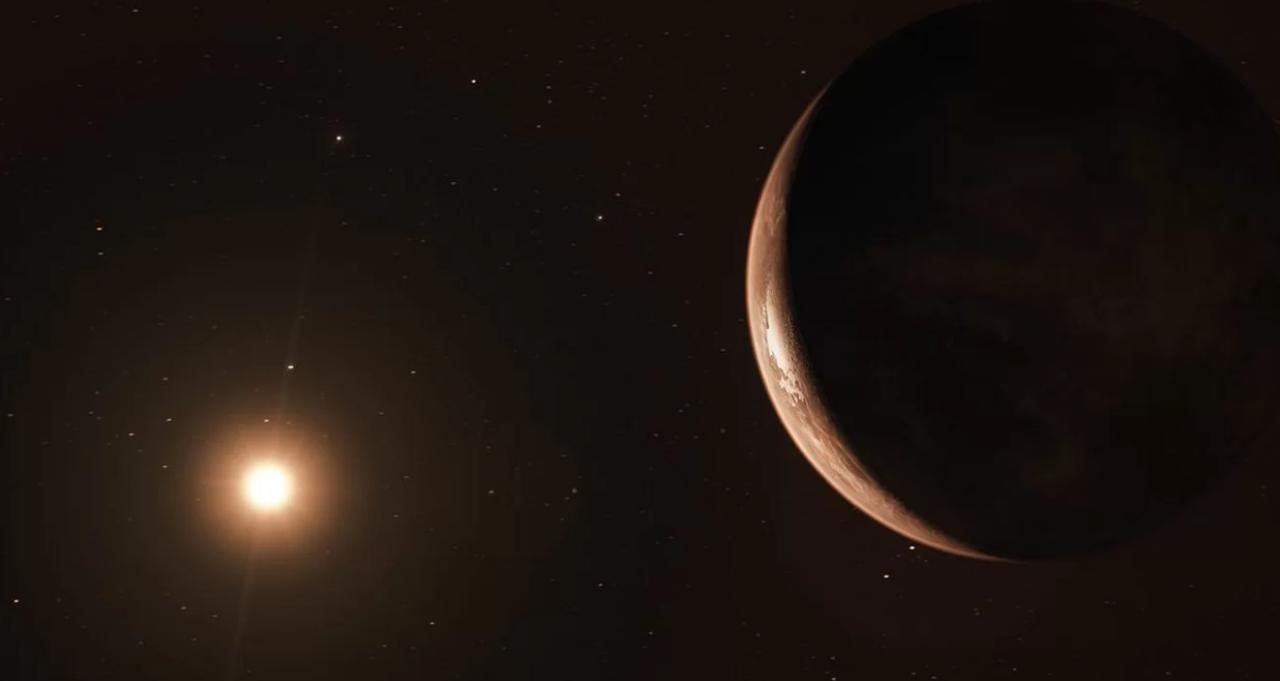
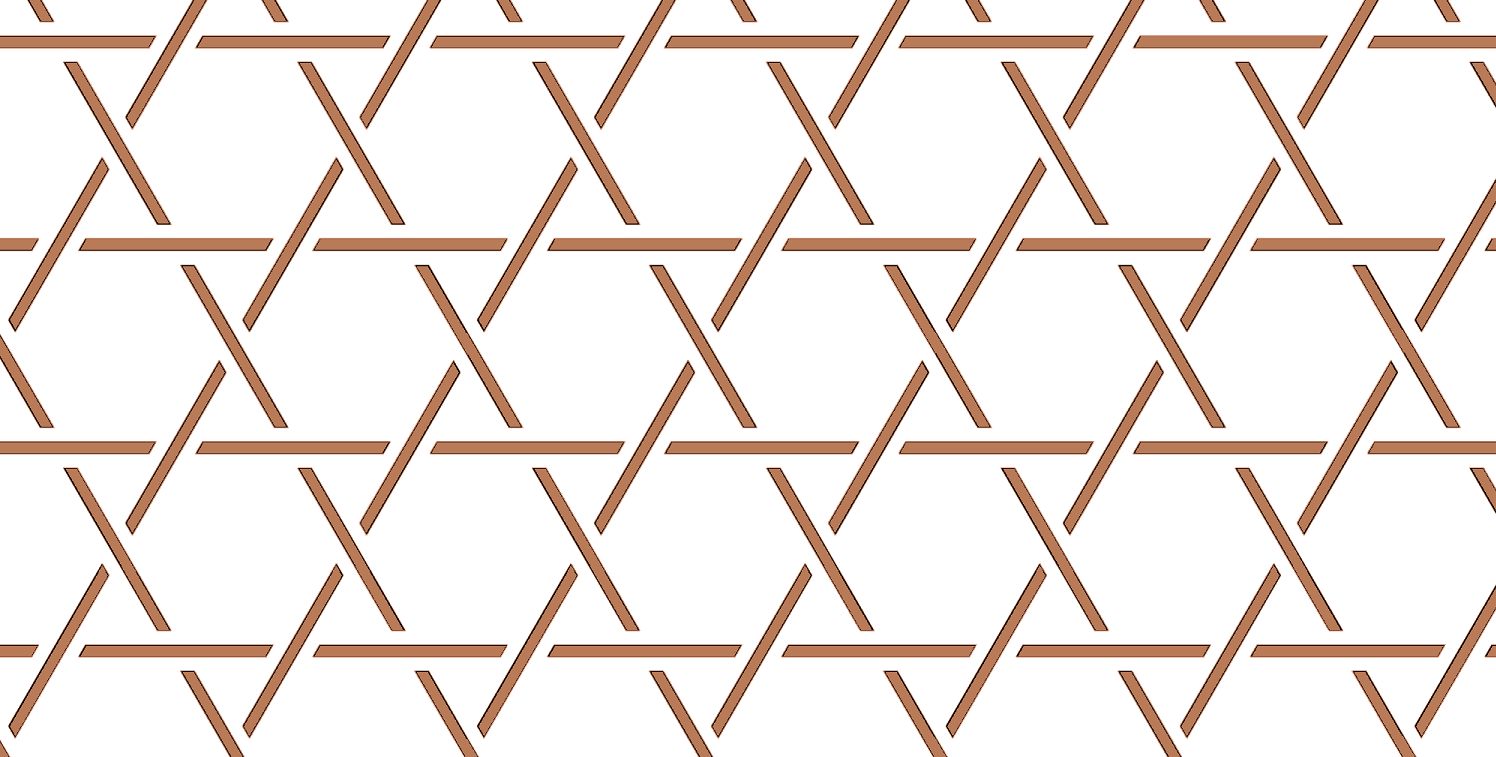
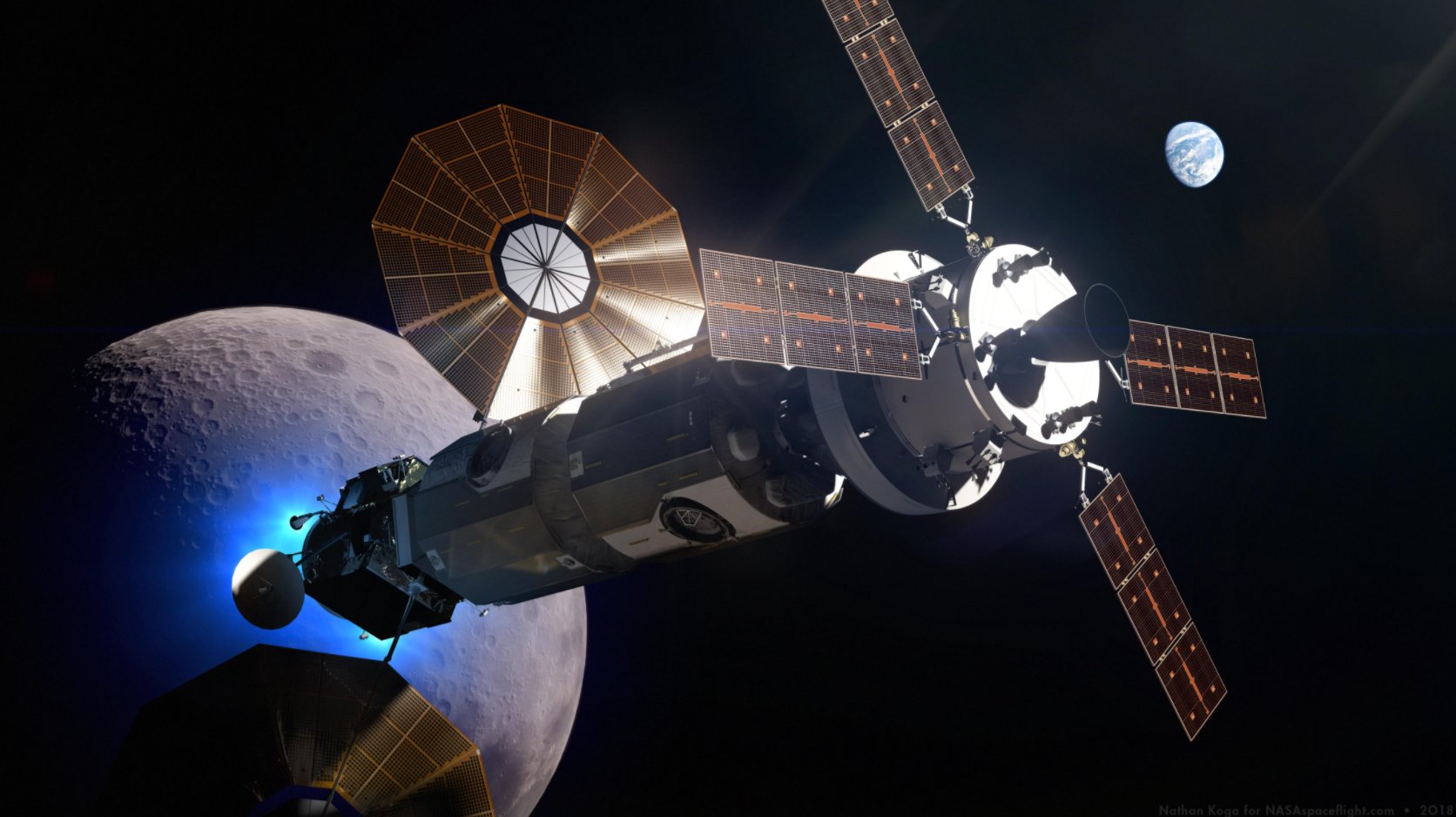
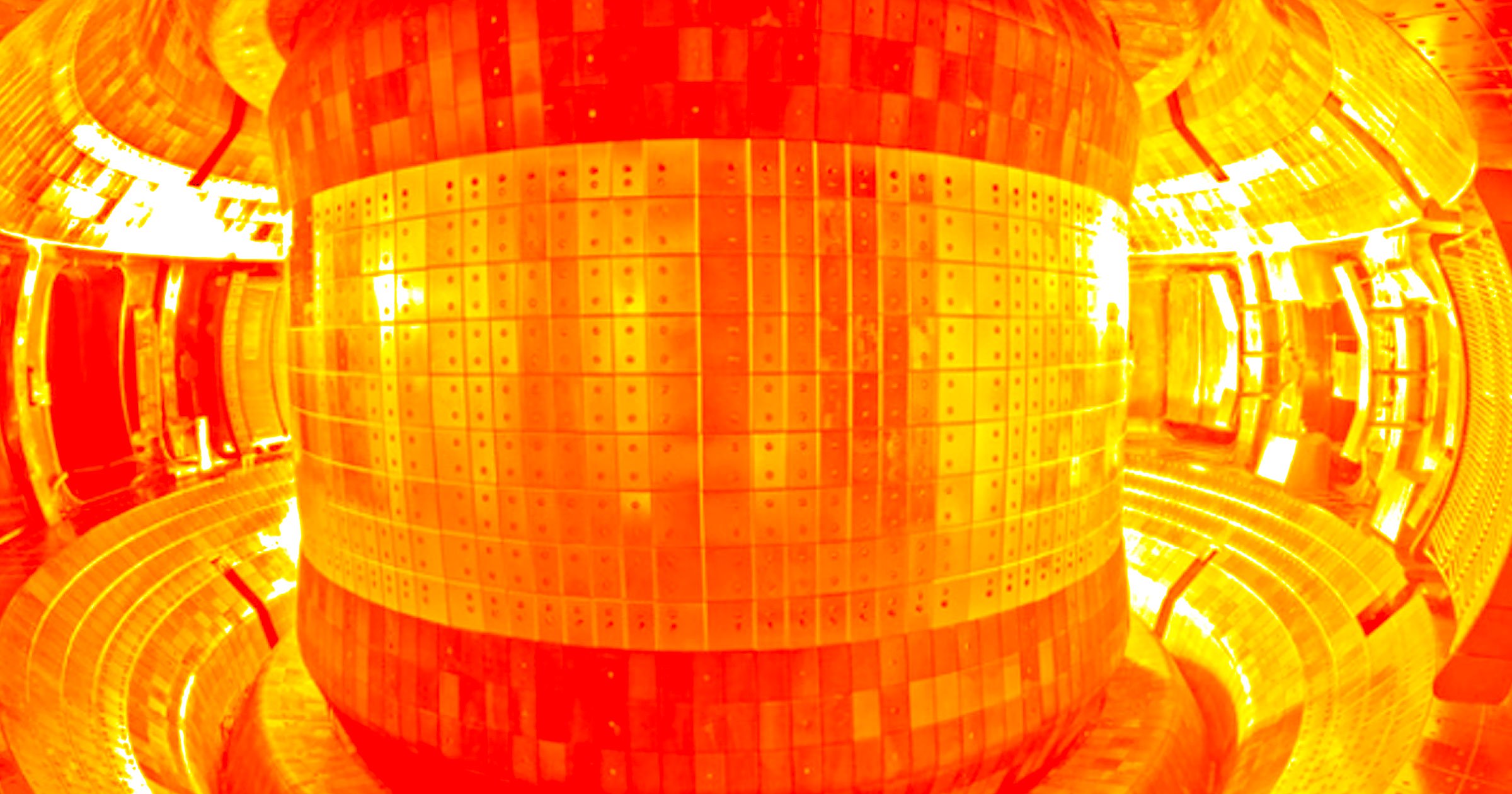
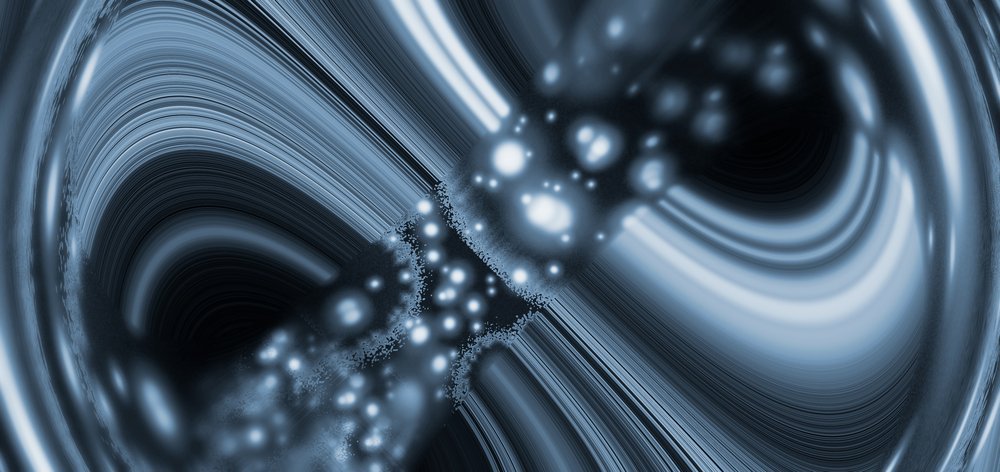

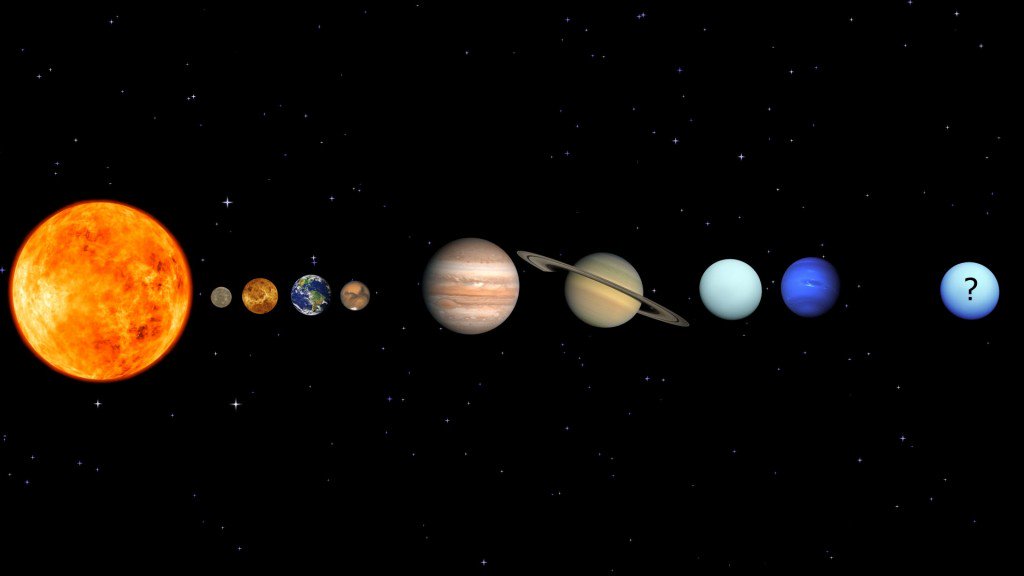
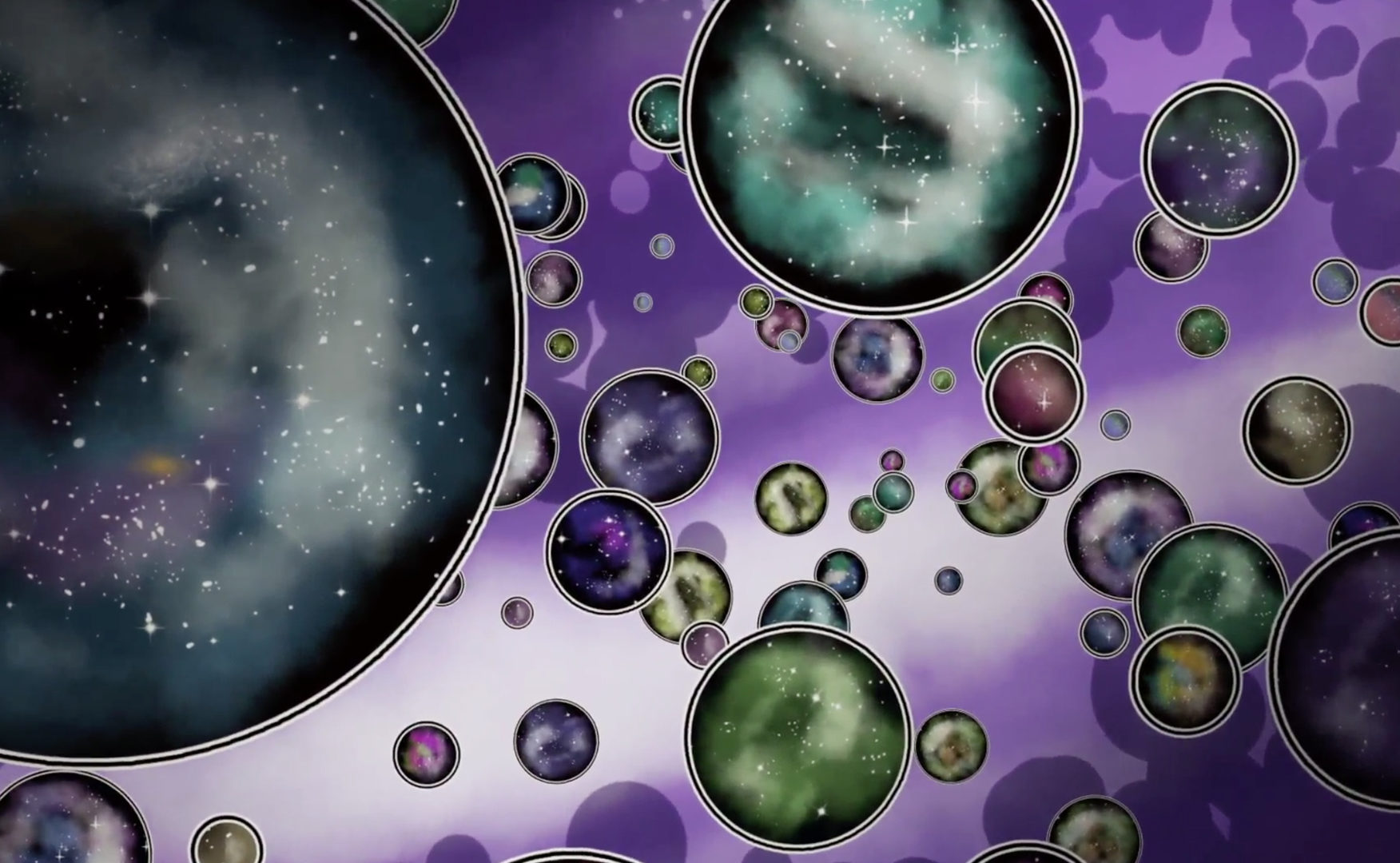
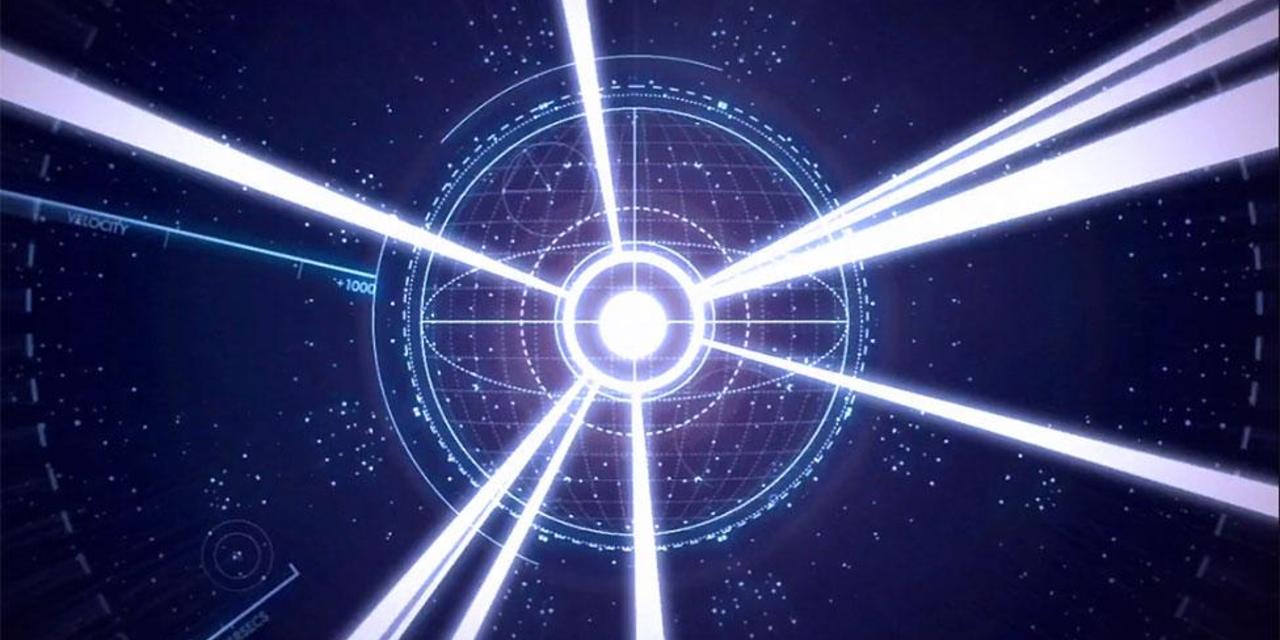
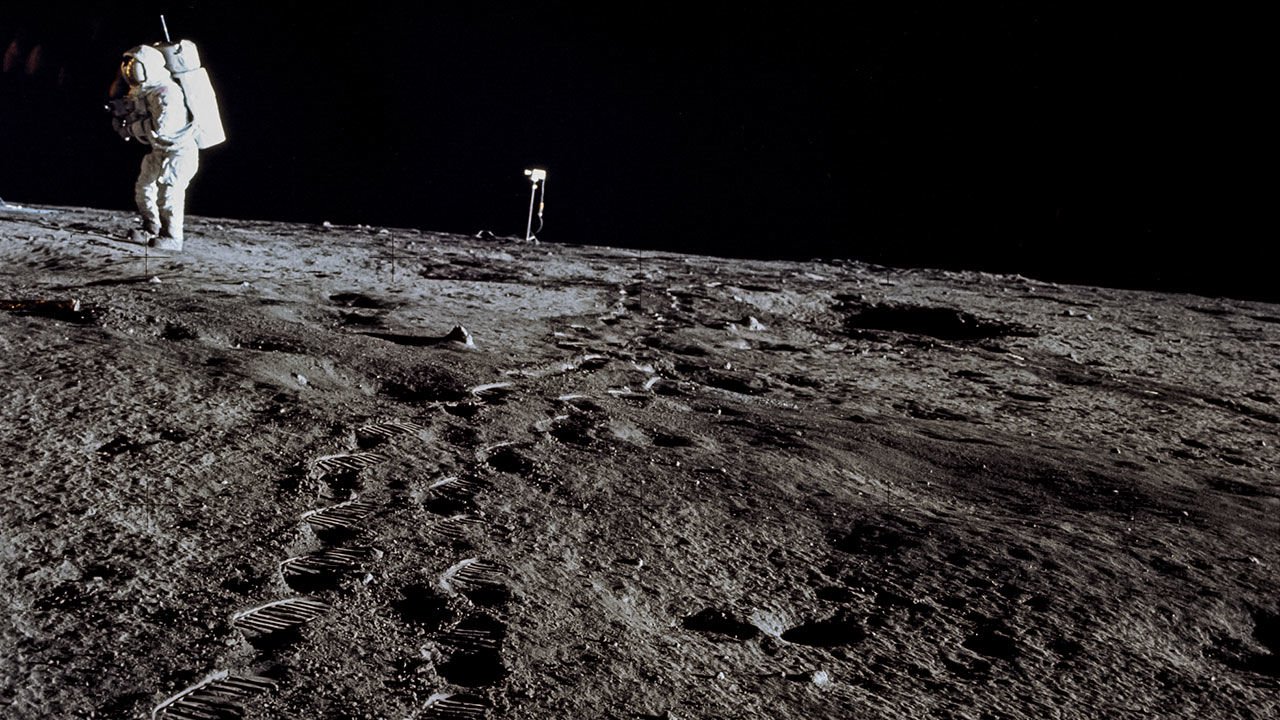
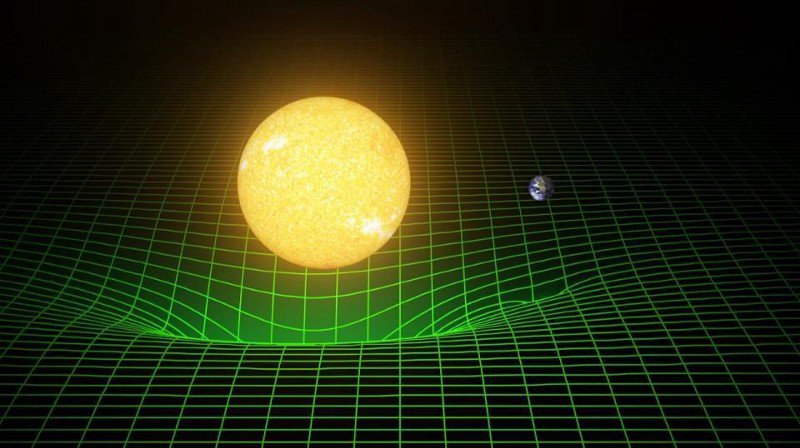

Comments (0)
This article has no comment, be the first!